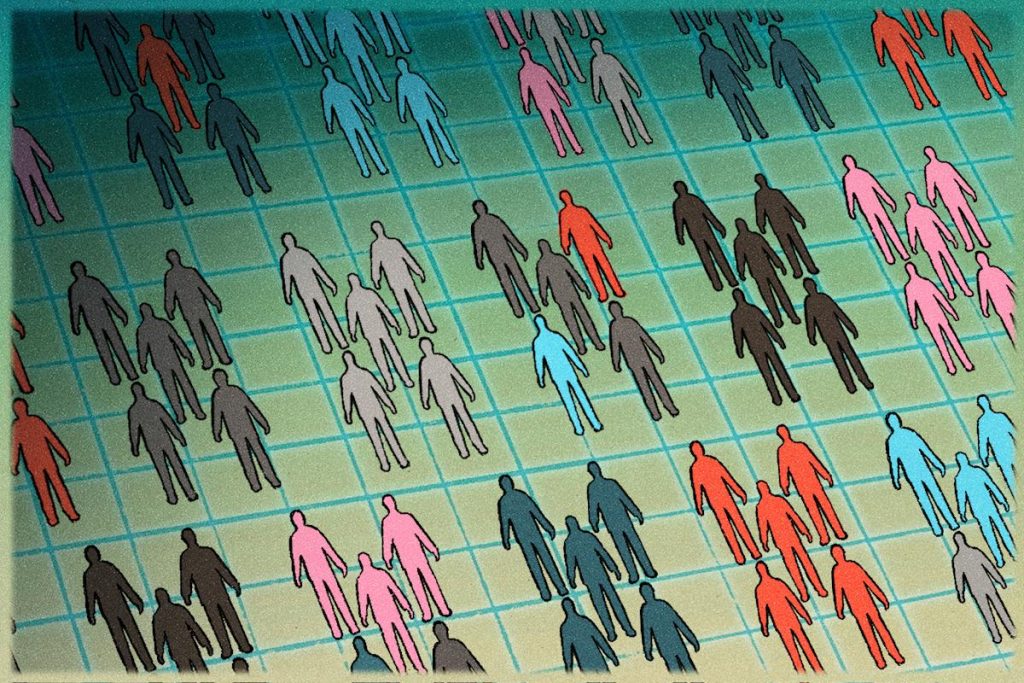
NEW YORK (AP) — After moving to the United States from South Korea at age 6, Jenny Jang found it challenging to navigate through school and her first jobs.
“In all of the environments I was in, I was always a minority,” Jang said. “Coming to the States, I didn’t have a road map for me. And I couldn’t ask these questions to my parents, so I had to seek mentorship from elsewhere.”
Now based in Atlanta and working at an international elevator company, Jang launched the organization’s business resource groups in North America. The gatherings offered ways for employees to find support and connect around an identity or theme.
The first group, for women employees, drew 500 members in three years. Jang brought in a facilitator to lead conversations on topics such as balancing family responsibilities and a career in a male-dominated industry. A group for veterans and supporting military families came next.
The gatherings “became a safe space where employees could share their experiences,” she said.
Employee resource groups, which are voluntary, employer-sanctioned groups designed to enhance diversity and inclusion, began in corporate America in the 1970s to help address tensions around race, gender and sexual orientation. Over the years, the focus has expanded to recognize other affiliations and experiences, such as caring for a family member, mental health challenges, neurodiversity and generational divides.
Critics of ERGs have become more outspoken in arguing that such groups give participants unfair advantages and damage staff morale by splintering colleagues based on personal characteristics or beliefs. In some cases, companies have responded to complaints by revising the purpose and scope of their employee groups.
An executive order President Donald Trump signed with the goal of ending diversity, equity and inclusion programs in the federal government and beyond has created additional uncertainty around the future of ERGs. Here is some information about starting, participating in or evaluating the groups at your company:
Can you legally participate in an employee resource group?
The Equal Employment Opportunities Commission released guidance in March which said that limiting membership in ERGs to workers covered by anti-discrimination laws, such as only women or people of a particular race, can be considered unlawful segregation.
To comply with the EEOC’s interpretation, employers should ensure workplace groups are open to all employees.
“They want to make sure these programs are not offering some tangible benefit to one group of employees at the expense of another,” said Infinito Associates CEO Kevin England, whose consulting group helps organizations start ERGs.



